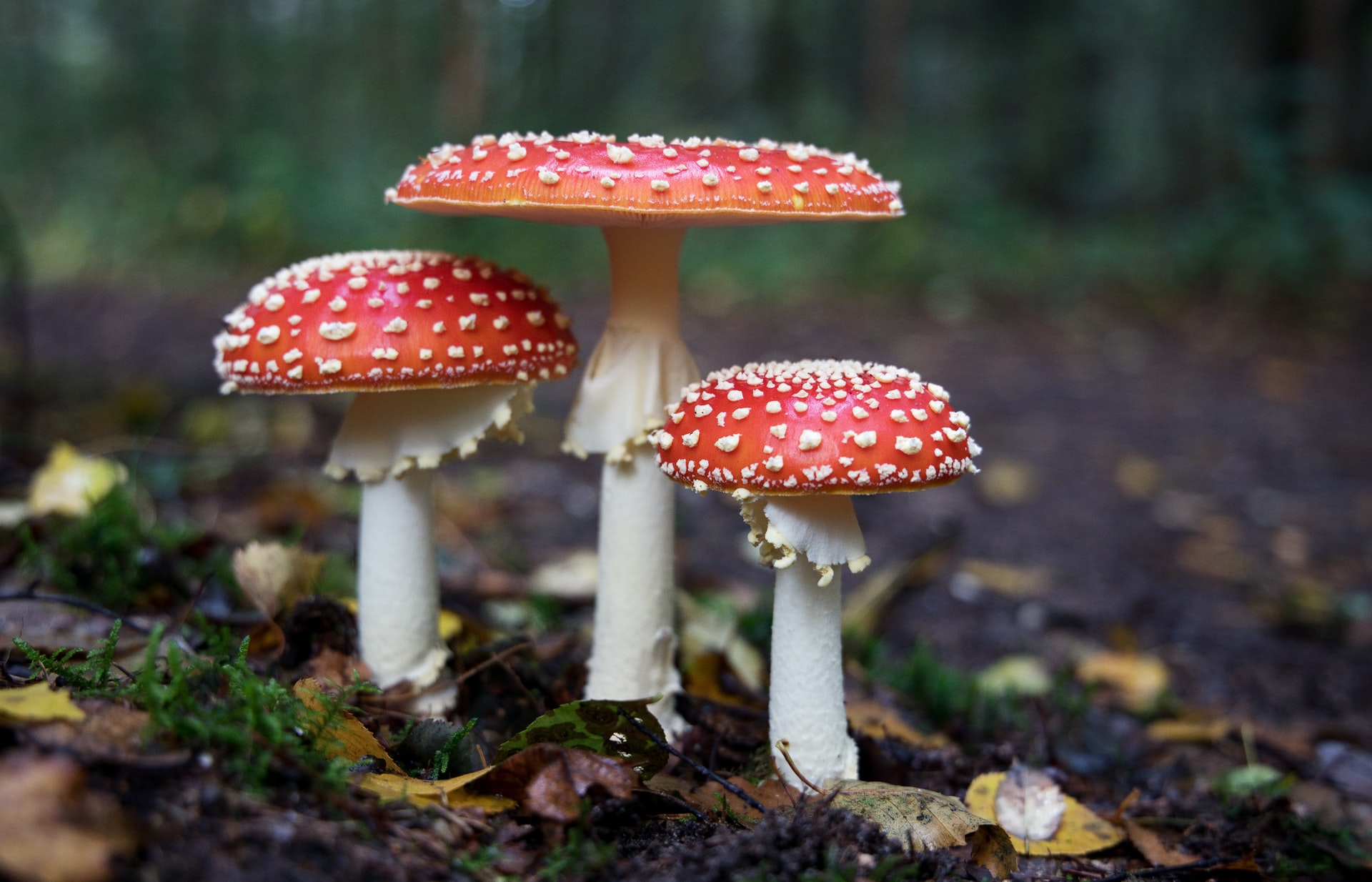The damp, shaded embrace of a forest floor harbors a fascinating and often overlooked kingdom: the realm of fungi. While many people mistakenly classify mushrooms, the most visible part of the fungal kingdom, as plants, they are neither plant nor animal. Fungi occupy a unique position in the tree of life, playing a critical role in the health and function of forest ecosystems.
Fungi exist primarily as a network of delicate threads, called mycelium, which weave through the forest floor and even extend into the roots of living trees. This unseen network is the engine that drives the fungal life cycle and facilitates its vital functions. Mycelium absorbs nutrients from decaying organic matter and can even form symbiotic relationships with plants, providing them with essential minerals and water in exchange for sugars produced through photosynthesis.
How Mushrooms Reproduce?
While the mycelium remains hidden underground, the fruiting bodies, commonly known as mushrooms, erupt from the forest floor when conditions are favorable. These temporary structures, with their diverse shapes, sizes, and colors, serve a crucial purpose: reproduction.
Mushrooms are not the actual organism itself, but rather the reproductive structures designed to disperse microscopic spores into the air. These spores, similar to seeds in plants, can travel long distances on wind currents before landing in a suitable location to germinate and grow into new mycelium networks.
The size and complexity of the fungal network can be truly awe-inspiring. Holders of the title for the largest living organism on Earth are not whales or blue whales, but rather a honey fungus (Armillaria ostoyae) found in Oregon, USA. Its intricate network of mycelium stretches across an area exceeding 2,385 acres, the equivalent of more than 1,600 football pitches!
The vast array of mushroom shapes and colors is a visual feast, but a word of caution: not all these beauties are meant for consumption. While many delectable edible mushrooms grace the shelves of gourmet stores and restaurants, a significant number are poisonous, some even fatally so.
Poisonous mushrooms often advertise their toxicity with vibrant colors, a natural defense mechanism to deter potential predators. The term "toadstool" is sometimes used interchangeably with "mushroom," but it doesn't necessarily signify toxicity. It's crucial to rely on proper identification techniques from qualified sources before consuming any wild mushroom.
Fungi play a much larger role in our lives than most people realize. Penicillin, a life-saving antibiotic, is derived from a fungus. The blue veins running through blue cheese are actually a specific type of mold, another member of the fungal kingdom. Even the seemingly mundane act of bread rising involves the action of yeast, a single-celled fungus.
The Decomposers: Nature's Recycling Crew
One of the most critical roles fungi play in the forest ecosystem is decomposition. By secreting powerful enzymes, fungi break down dead plant and animal matter, returning valuable nutrients back to the soil, enriching it and making it fertile for new growth. Without this vital decomposition process, forests would become choked with decaying organic matter, hindering the growth of new trees and plants.
Many fungi engage in a fascinating symbiotic relationship with trees. These mycorrhizal associations see fungi forming a sheath around the roots of trees, significantly increasing the tree's surface area for water and nutrient uptake. In return, the fungus receives sugars produced by the tree through photosynthesis. This mutually beneficial partnership is essential for the health and survival of many forest trees.
Research continues to unveil the remarkable potential of fungi. Mycelium, for example, is being explored for its use in creating bioremediation solutions to clean up polluted soils. Fungal materials are also being investigated as sustainable alternatives for building materials and packaging, offering a promising solution in the fight against plastic pollution.
The world of fungi offers a captivating exploration into the hidden wonders of the natural world. However, venturing into the realm of mushroom foraging requires caution and respect. Always rely on reliable resources and expert guidance to identify edible species. Never uproot mushrooms, as this damages the mycelium network. Instead, carefully cut the stem at the base to allow for new growth.
Tags:
Science

